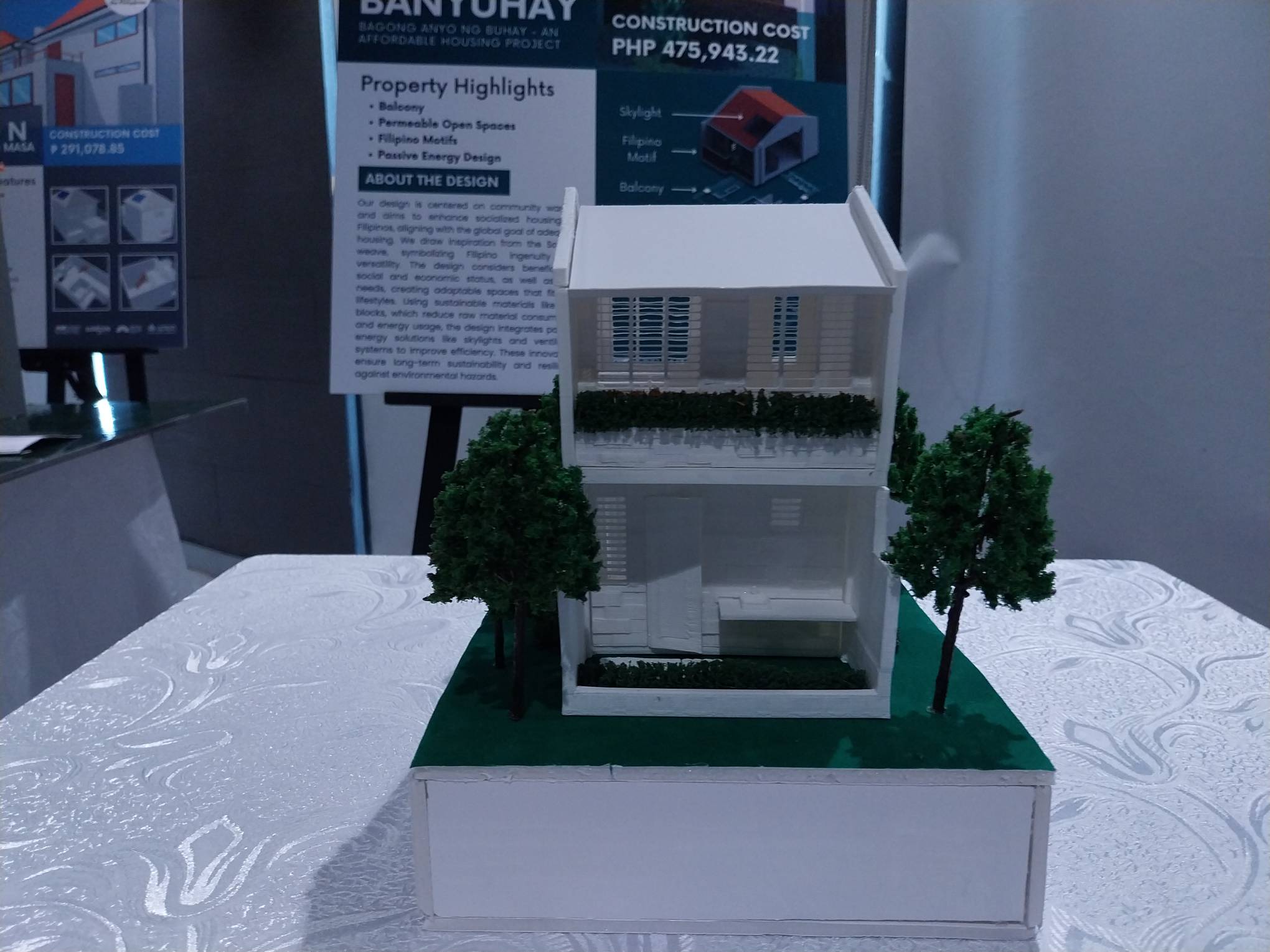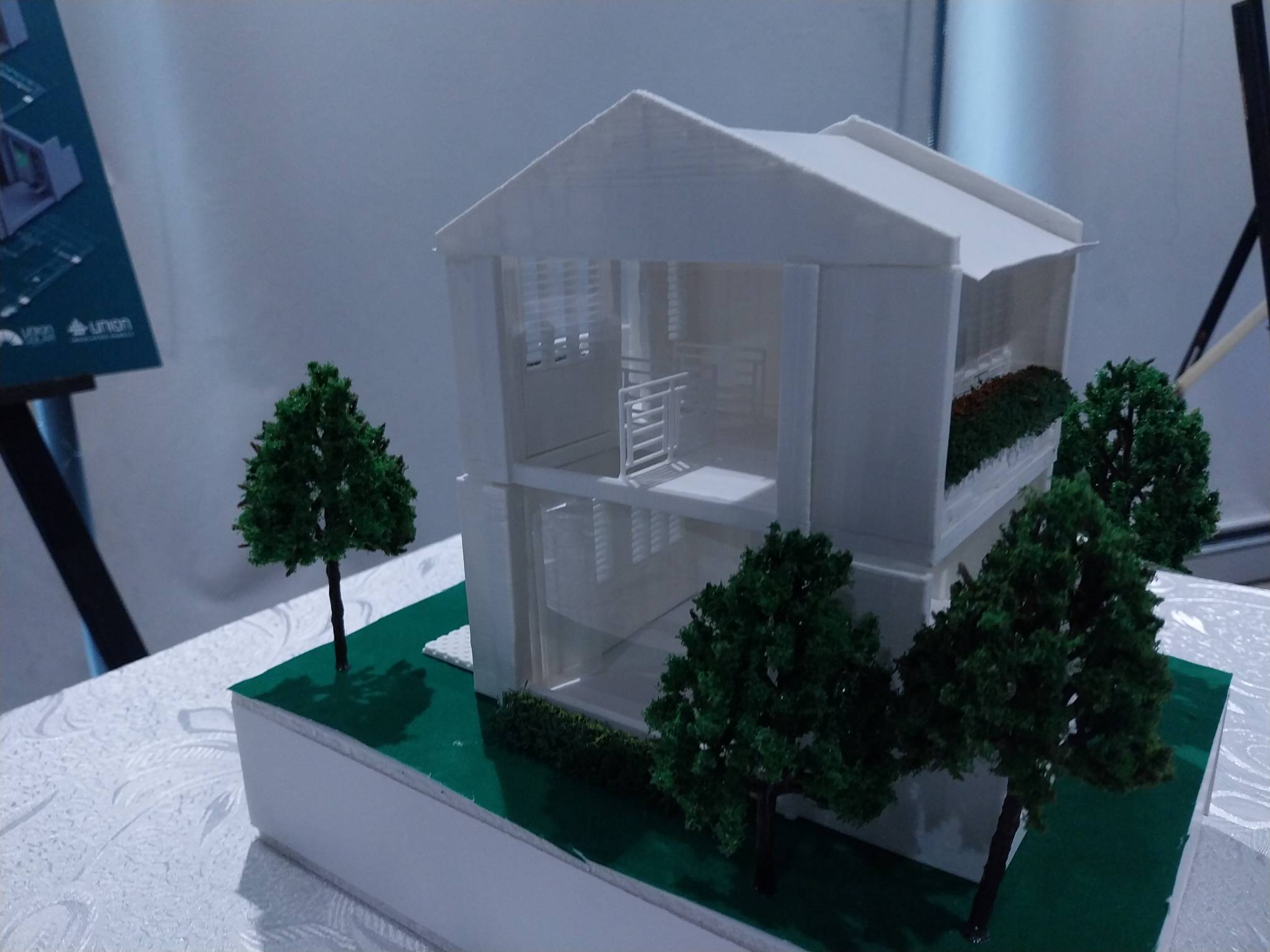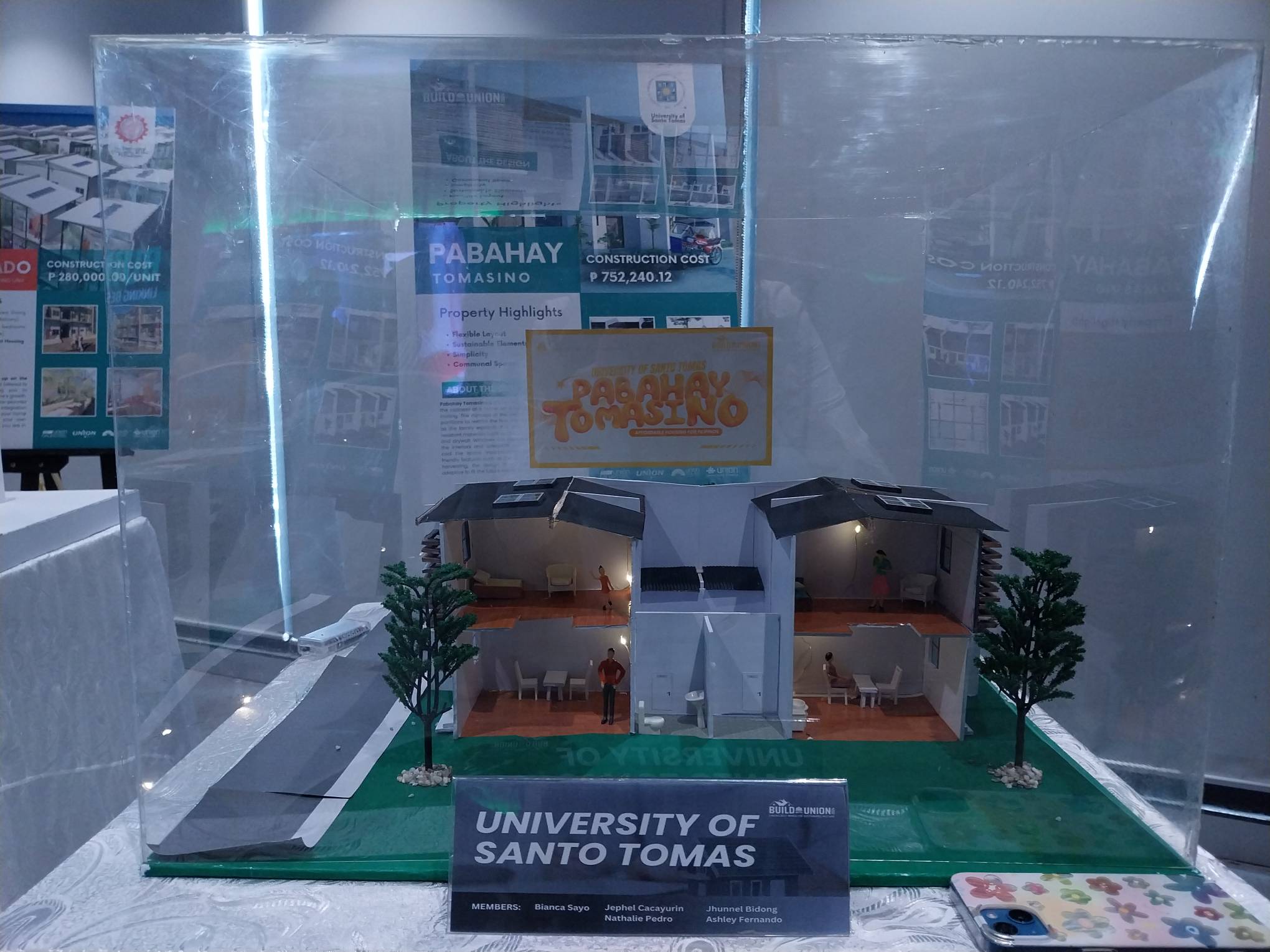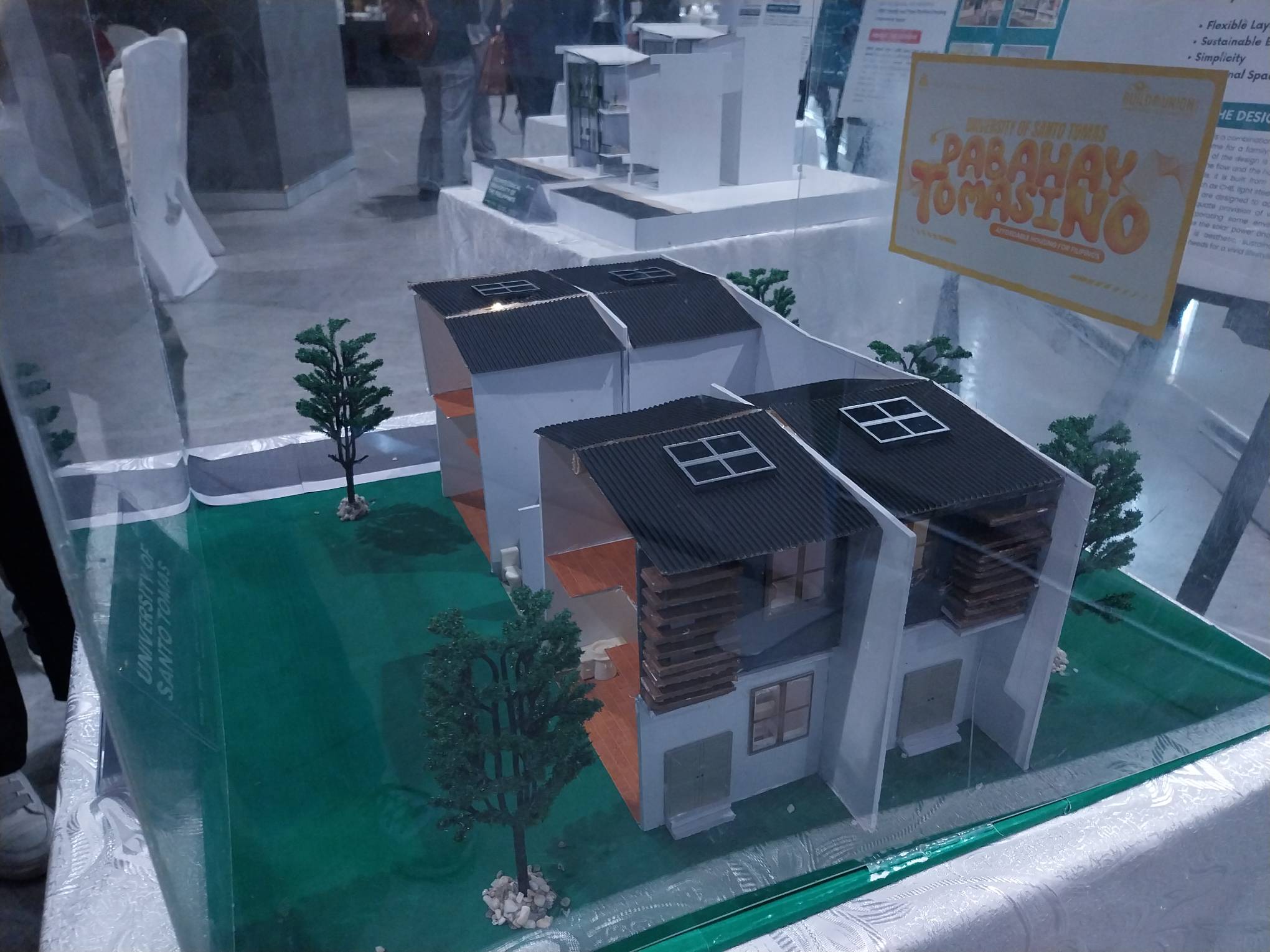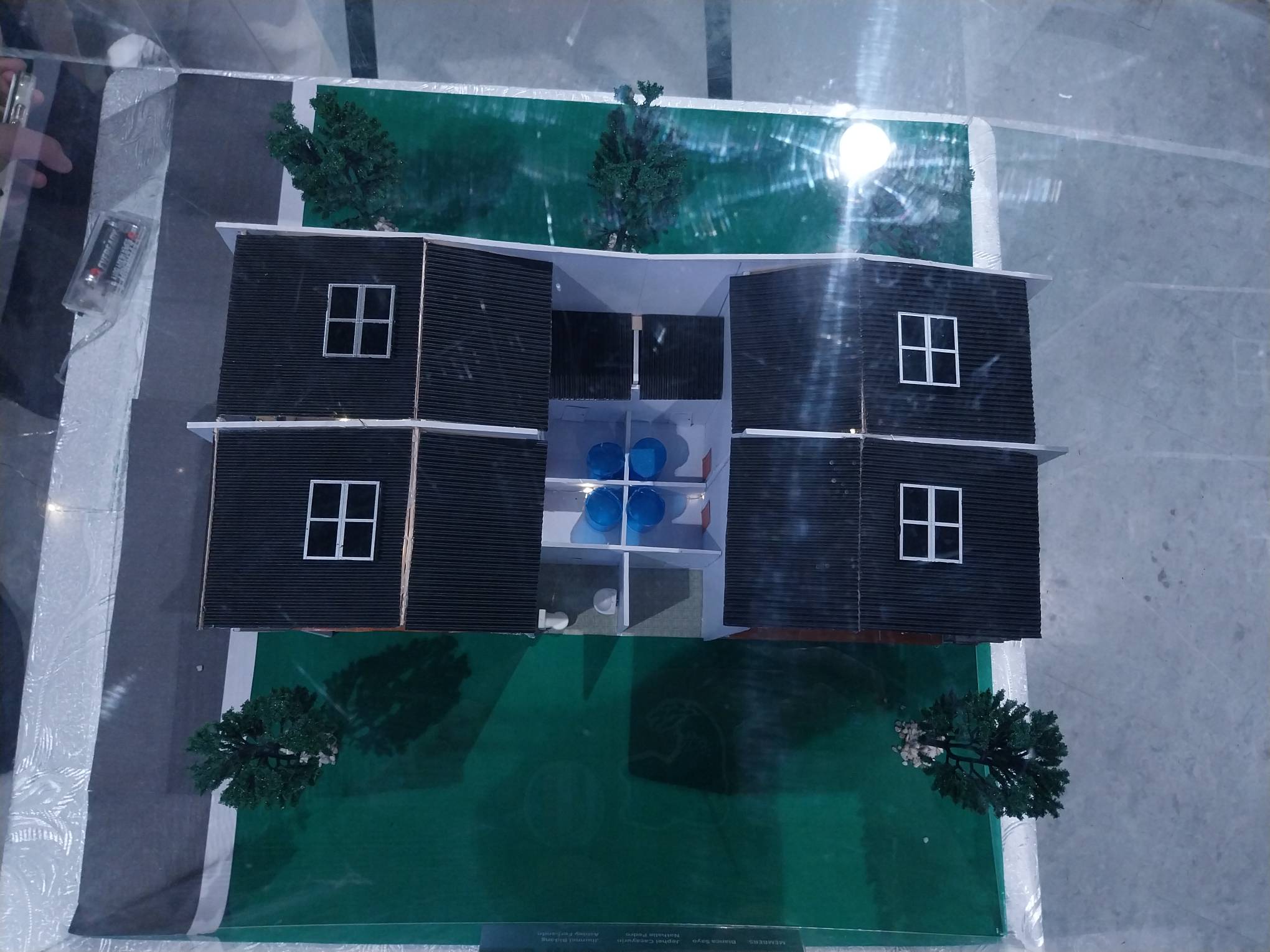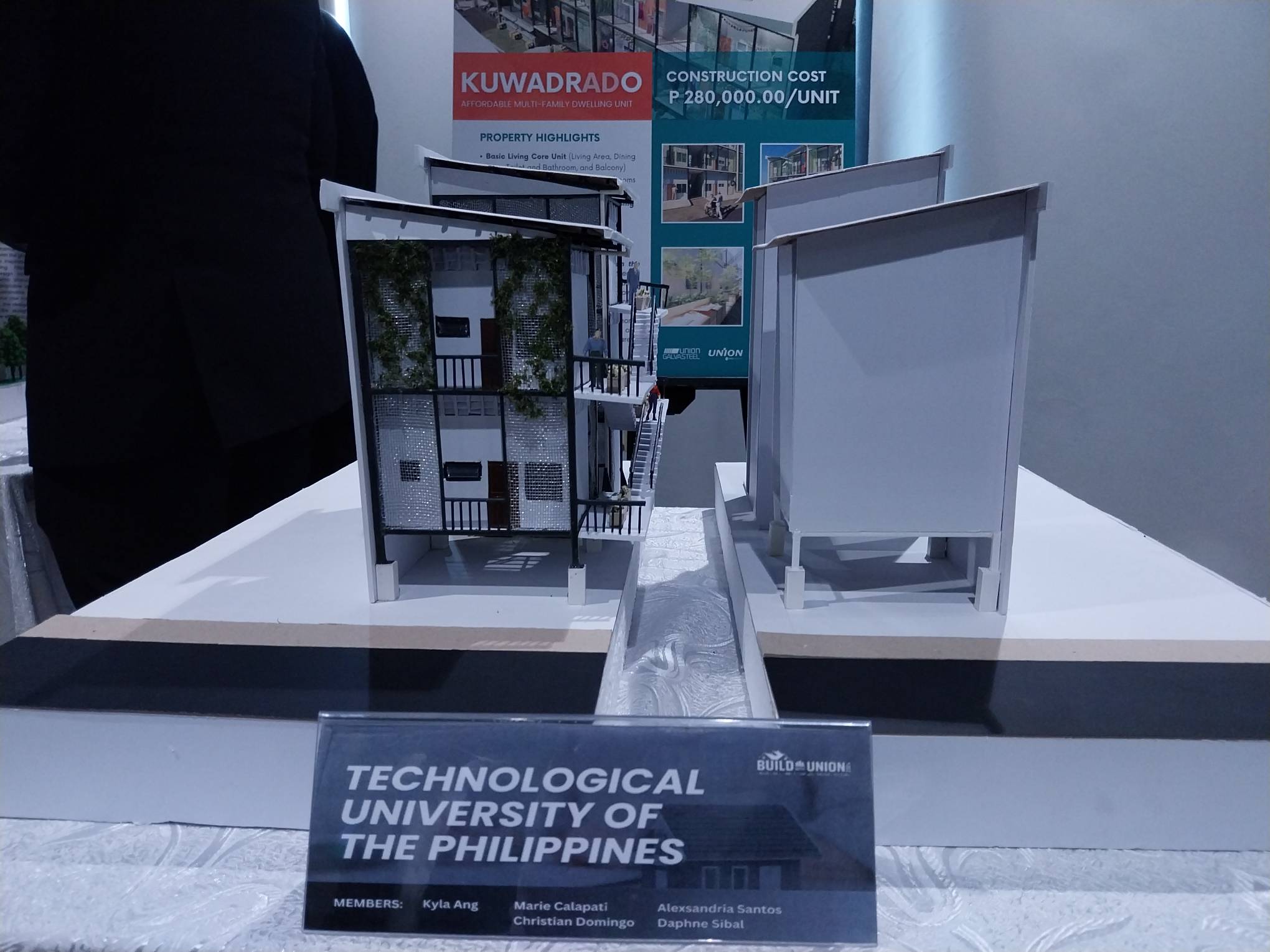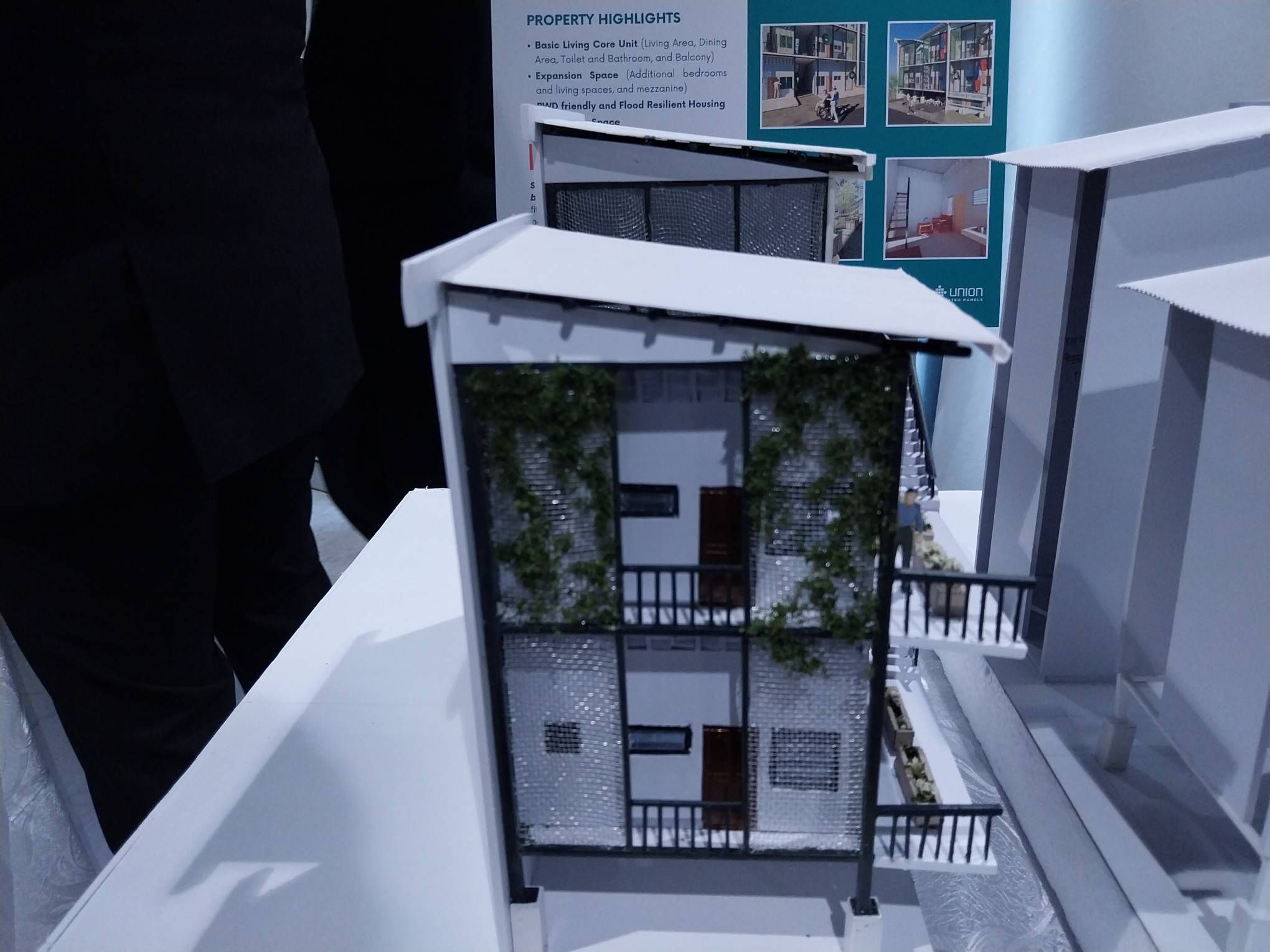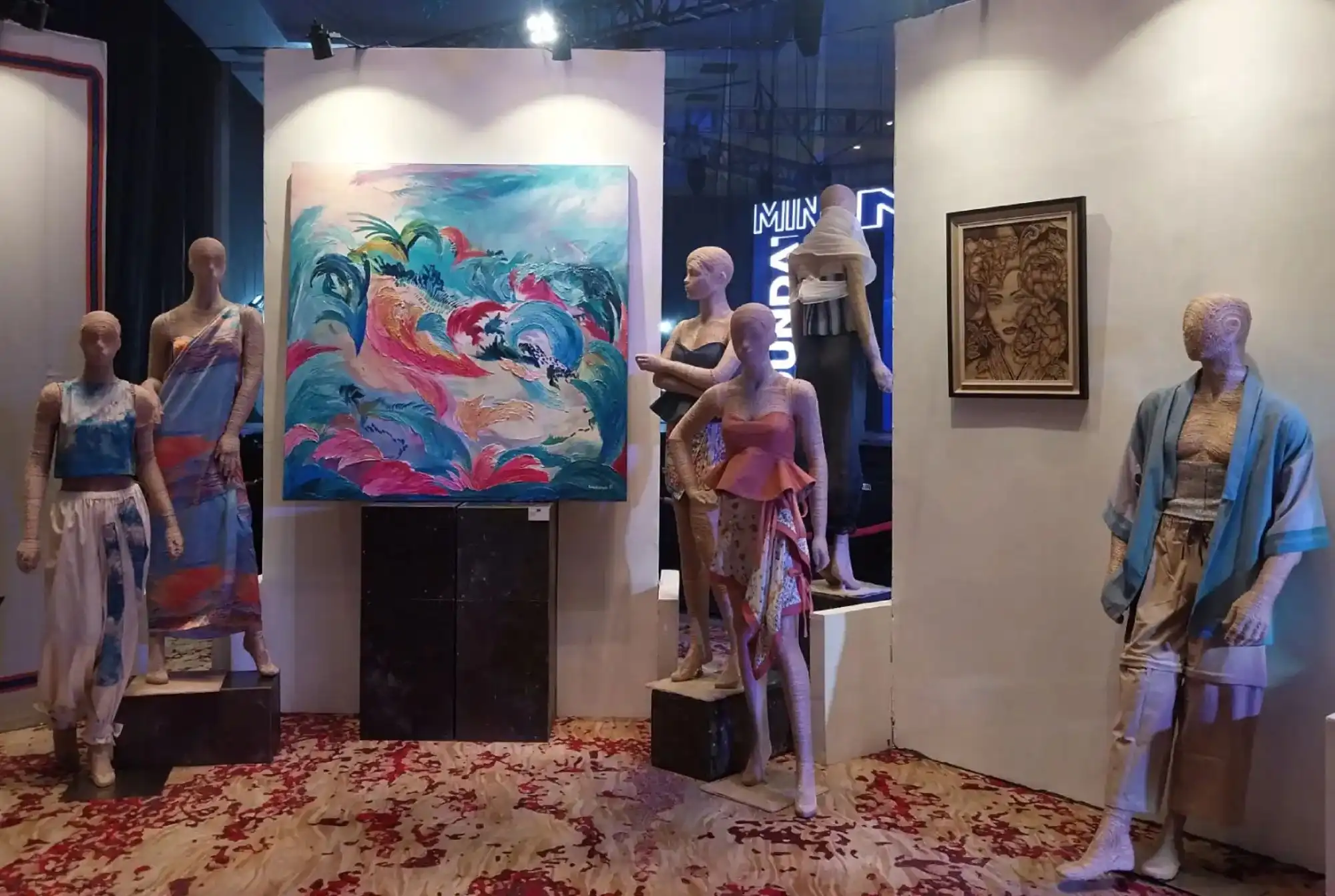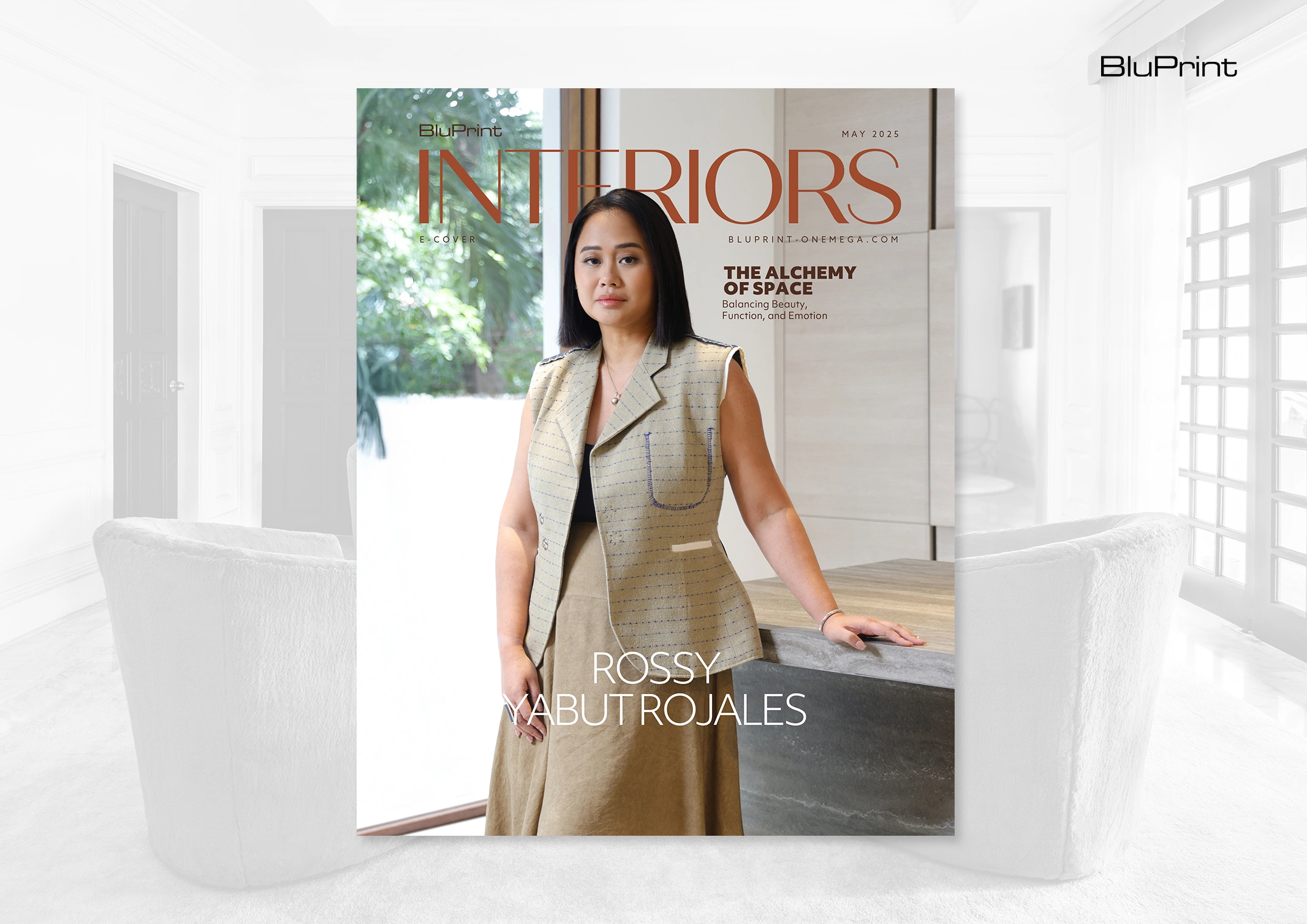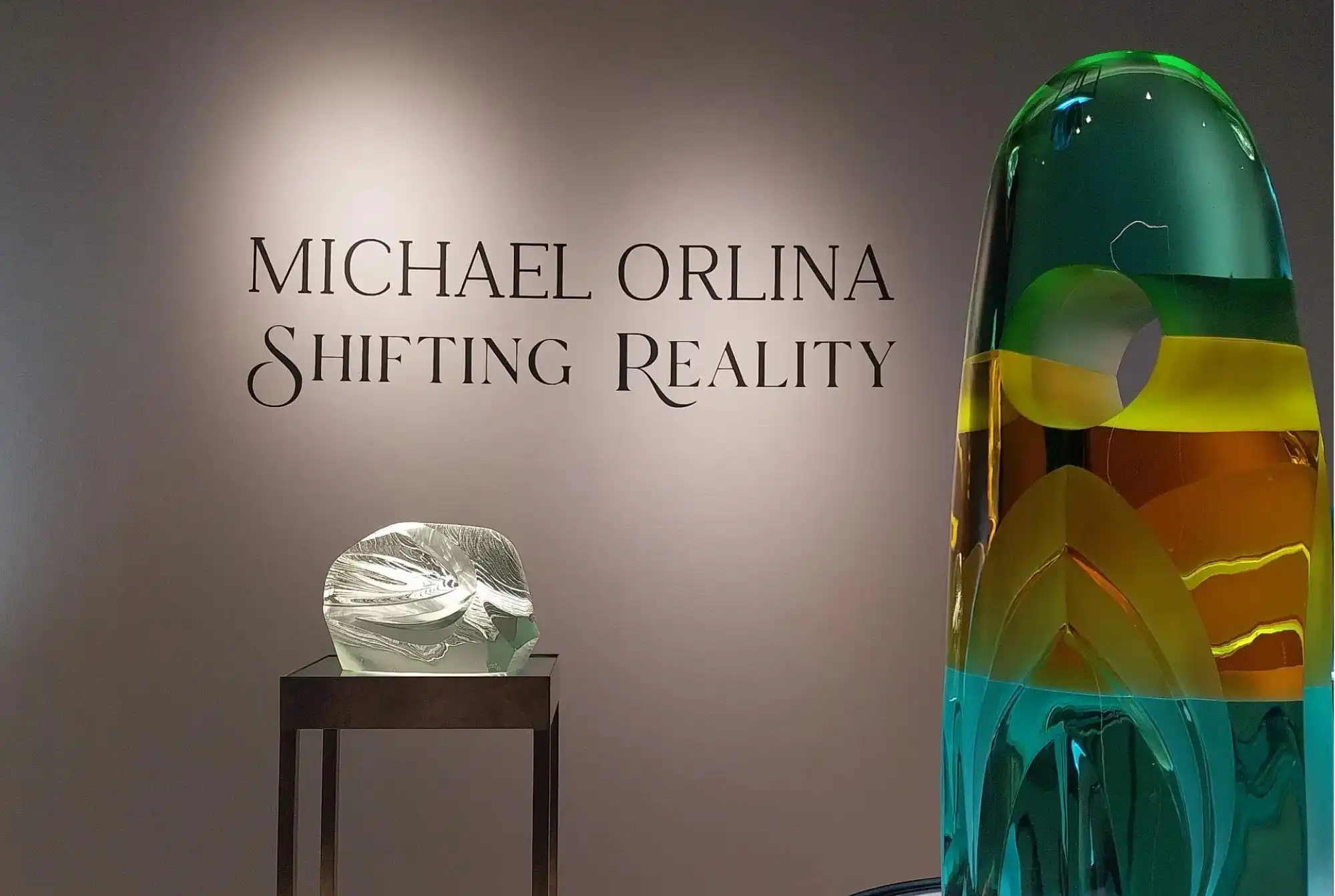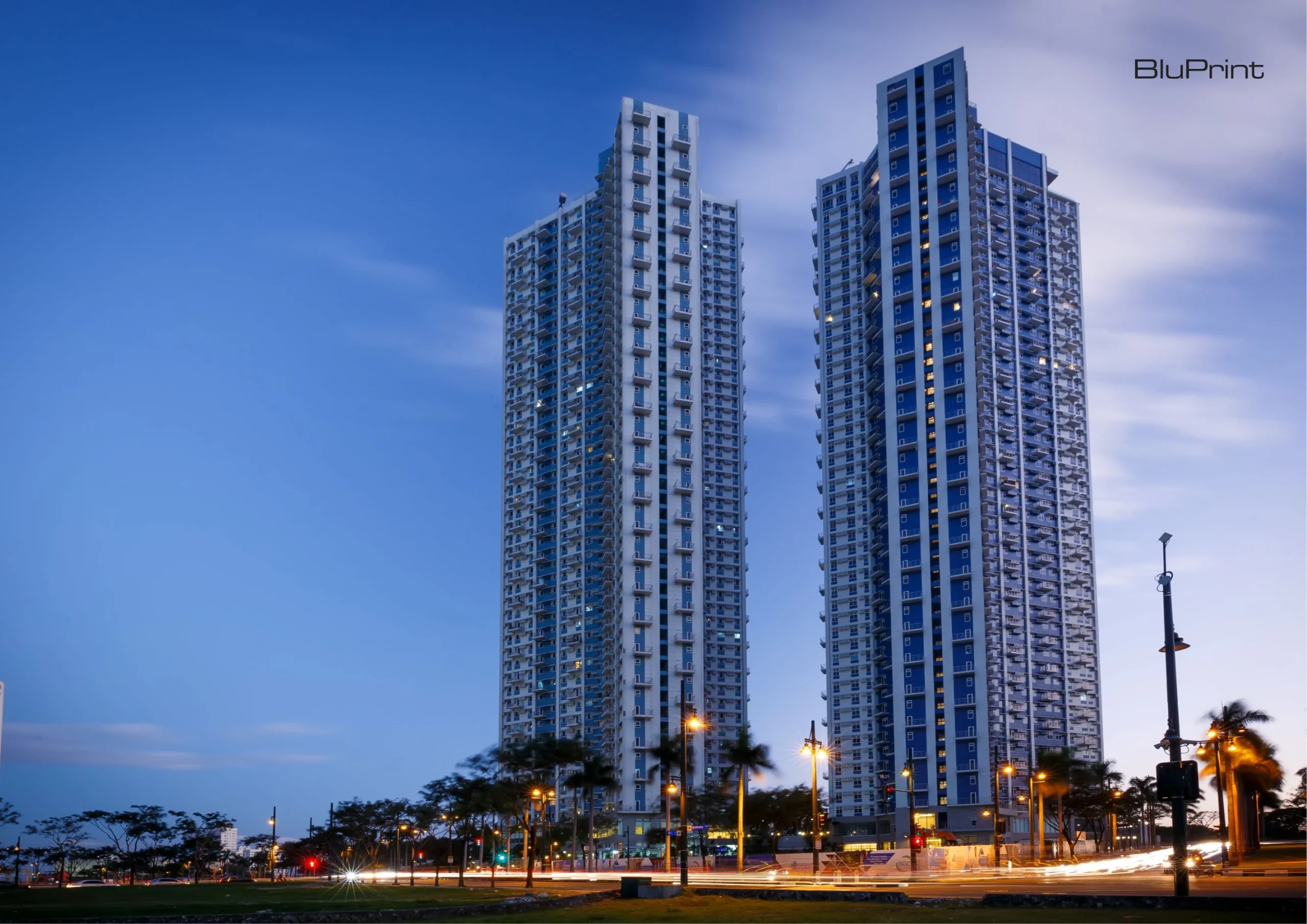Lamina: A Curated Lifestyle Fair was a three-day event held at City of Dreams Manila from May 2 to 4, spotlighting the latest trends in art, fashion, and design. A collaboration between ManilArt Foundation and the Bayo Atelier Foundation, the event features modern contemporary designs and art couture rooted in sustainability and heritage—offering functional, stylish […]
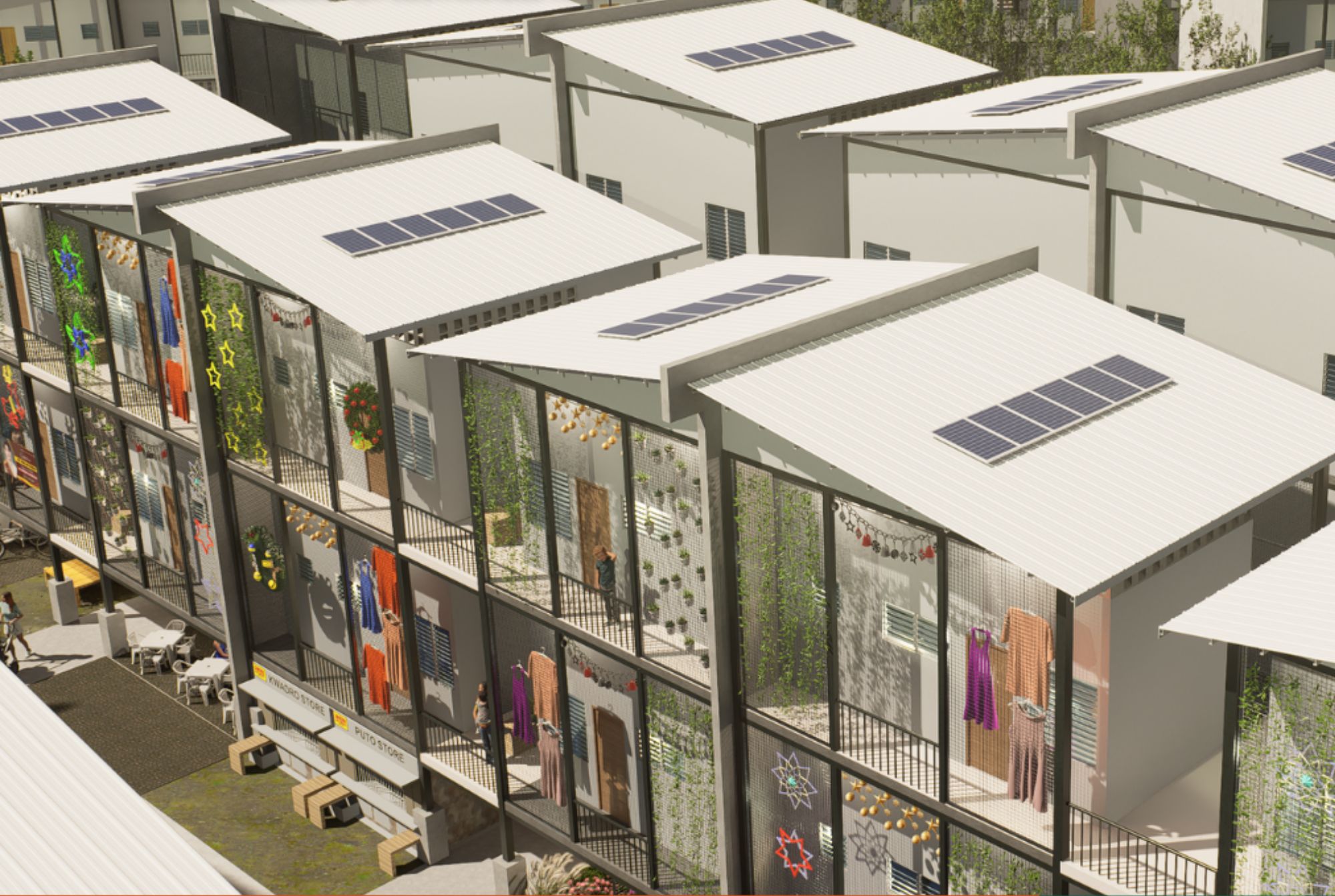
Is This the Future of Affordable Sustainable Housing in the Philippines?
Build with Union 2024 is an advocacy event spearheaded by PHINMA Construction Materials Group (CMG), created as a way for young voices to participate in “meaningful discussions” about affordable sustainable housing in the Philippines.
Chosen students from top universities were given the opportunity to learn about the housing needs of marginalized families in the country. They then crafted potential design solutions in creating sustainable housing using the latest technologies in architecture and construction.
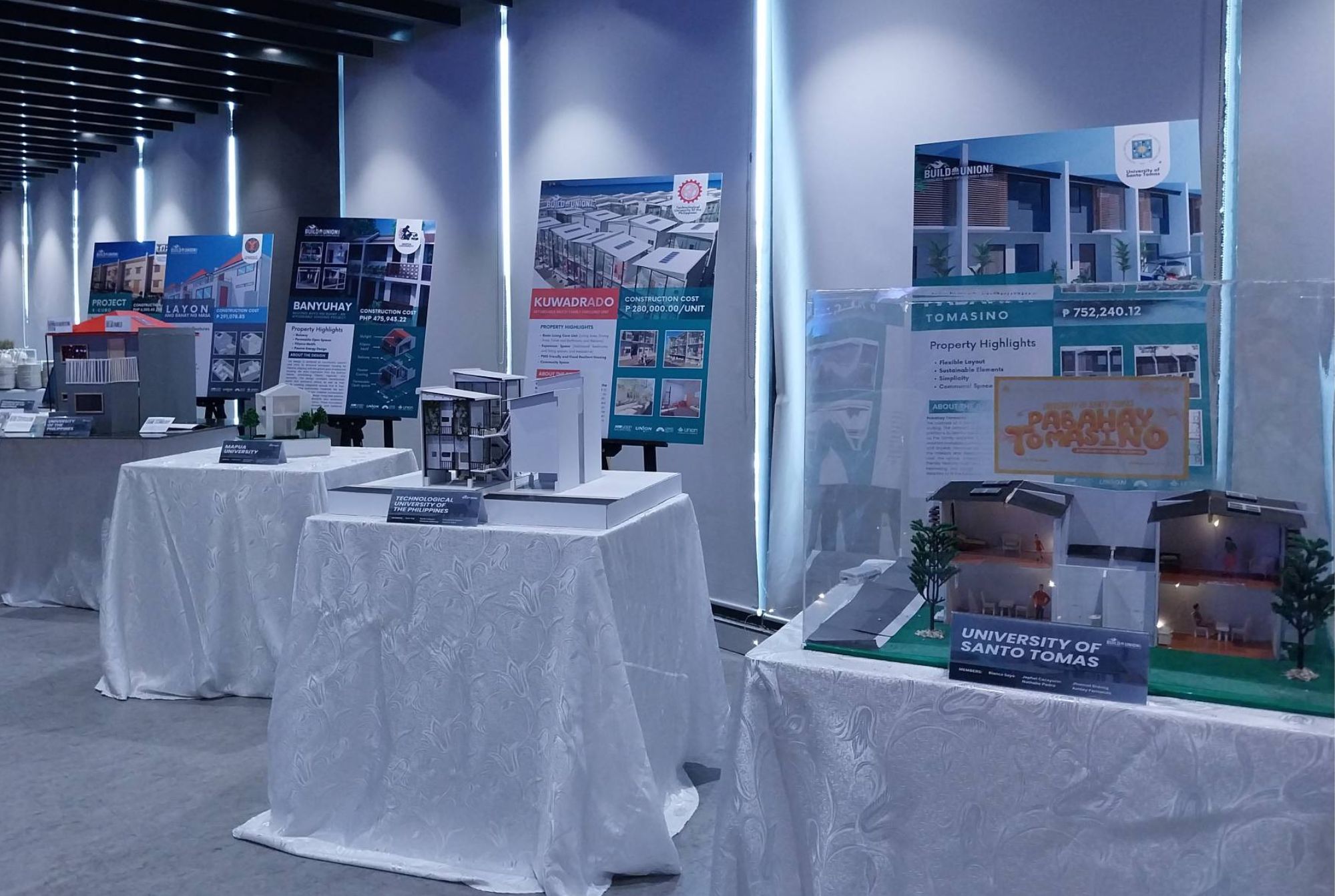
The hackathon finale happened on October 22 at TRYP by Wyndham Mall of Asia. Five universities participated in the hackathon for sustainable housing: the Technological Institute of the Philippines, the University of the Philippines, MAPUA University, the Technological University of the Philippines, and the University of Santo Tomas.
These universities submitted different proposals for affordable sustainable housing. These were presented to a panel of judges, with each group of students detailing the specifics of their design and the process that led to it.
Sustainable Housing for Poor Households
Build with Union 2024 Hackathon focused on the increasing needs of housing within the country. PHINMA CMG CEO and President Eduardo Sahagun contextualized the situation in his opening remarks. He said that the country had a housing backlog of 6.5 million, ever-increasing by the millions every year.
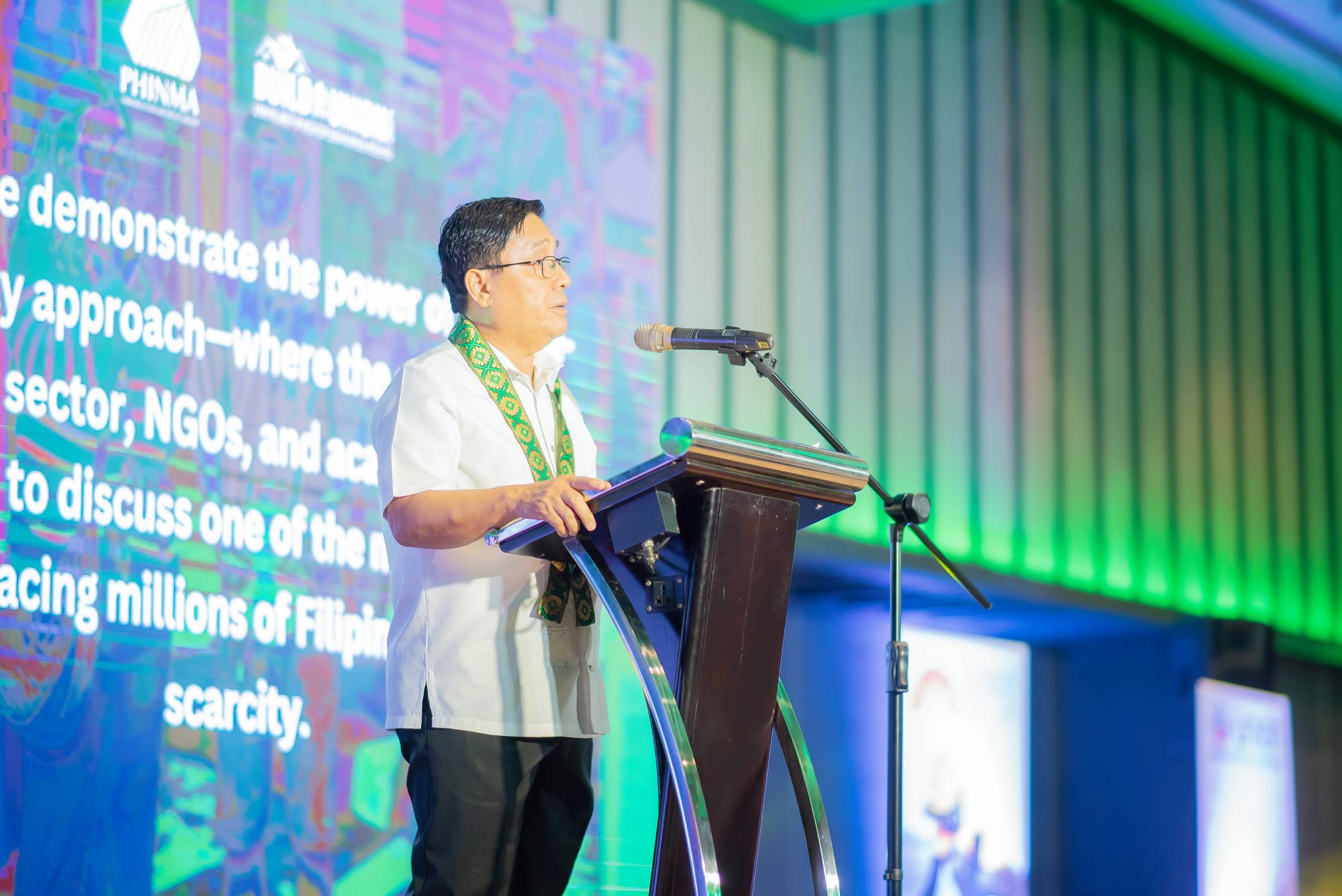
“The need for innovative solutions but [are still] affordable to low income groups of society is more urgent than ever,” Sahagun said. He later added: “We need to rethink and reinvent how we build, embracing new methods and materials to make homes more affordable, sustainable, and accessible to those who need them most.”
The issue of climate underscored the whole proceeding, especially as natural disasters become more prevalent across the world.

“We must also consider building homes that are resilient to climate change, leading to sustainable structures and communities,” he said. “We know that this is challenging, but we need to be bold and transformative, so we can address this very urgently to our fellow Filipinos, especially those in the bottom line of the pyramid.
Creative Solutions for Housing Problems
Derik Tabunar, the Corporate Social Responsibility Manager for PHINMA CMG, emphasized the importance of Build with Union 2024 and its advocacy for sustainable housing. The student perspective, he said, allows them to see the problem with a renewed viewpoint through the different proposals that the students can come up with.
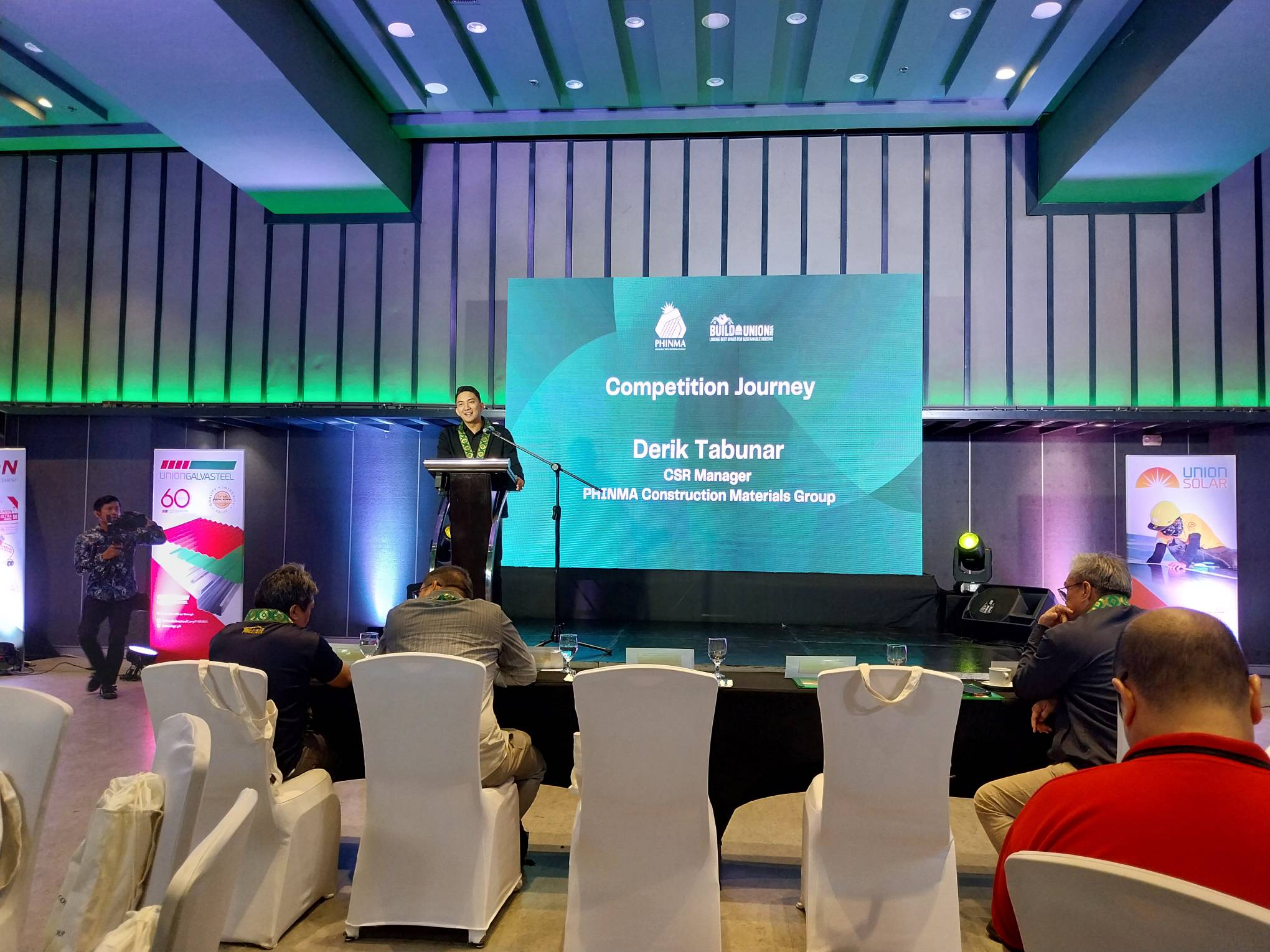
“I think it’s very important for us to also appreciate and acknowledge the fresh and innovative eyes that the youth can actually contribute,” he said. “The beauty of this type of event is it allows us to also propose solutions, propose new ideas that maybe even on the current status quo, no, it’s not being considered.”
Each of the student groups were given guided tours of social housing projects by Gawad Kalinga and Habitat for Humanity, and of PHINMA CMG’s factories for their construction materials. Mentors from the industry helped guide the students and their ideas into something feasible.
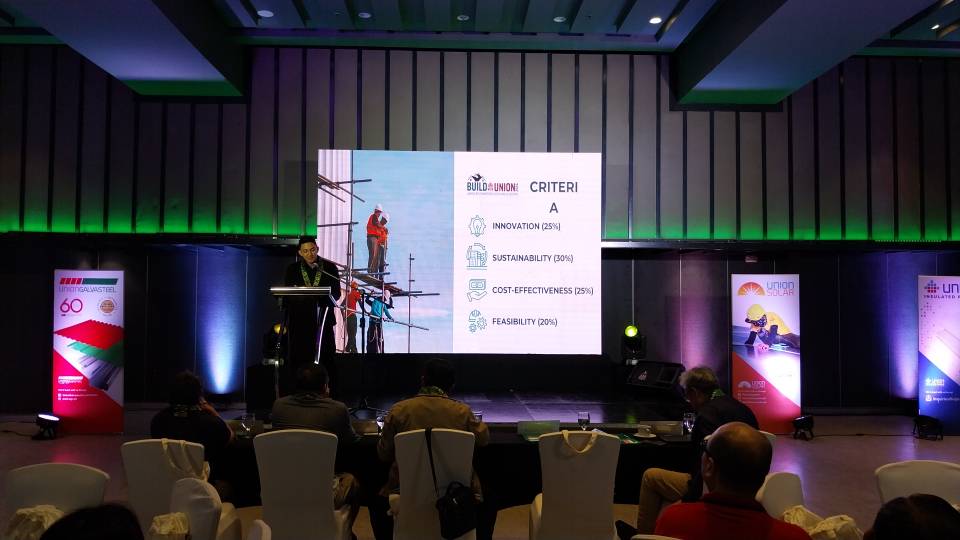
Through this, the students saw the needs of the families firsthand and the technology currently available for use in each building. This influenced their design ideas in the end.
“In this case, they will also be guided in terms of the creativity of their design with a balance of the feasible and cost effectiveness of the designs that they are actually proposing,” Tabunar said.
Echoing Sustainability in Communal Spaces
Each of the schools presented their designs in sustainable housing for Build with Union 2024. Many of them used a unique hook grounded in ideas of environmental-friendliness and affordability.
For the University of the Philippines Diliman, they presented Layon: Ang Bahay ng Masa. Their design uses Cement Bamboo Frame Technology for the building. More than that, however, they crafted a one-floor-and-mezzanine open house plan to allow the families to configure their homes themselves.
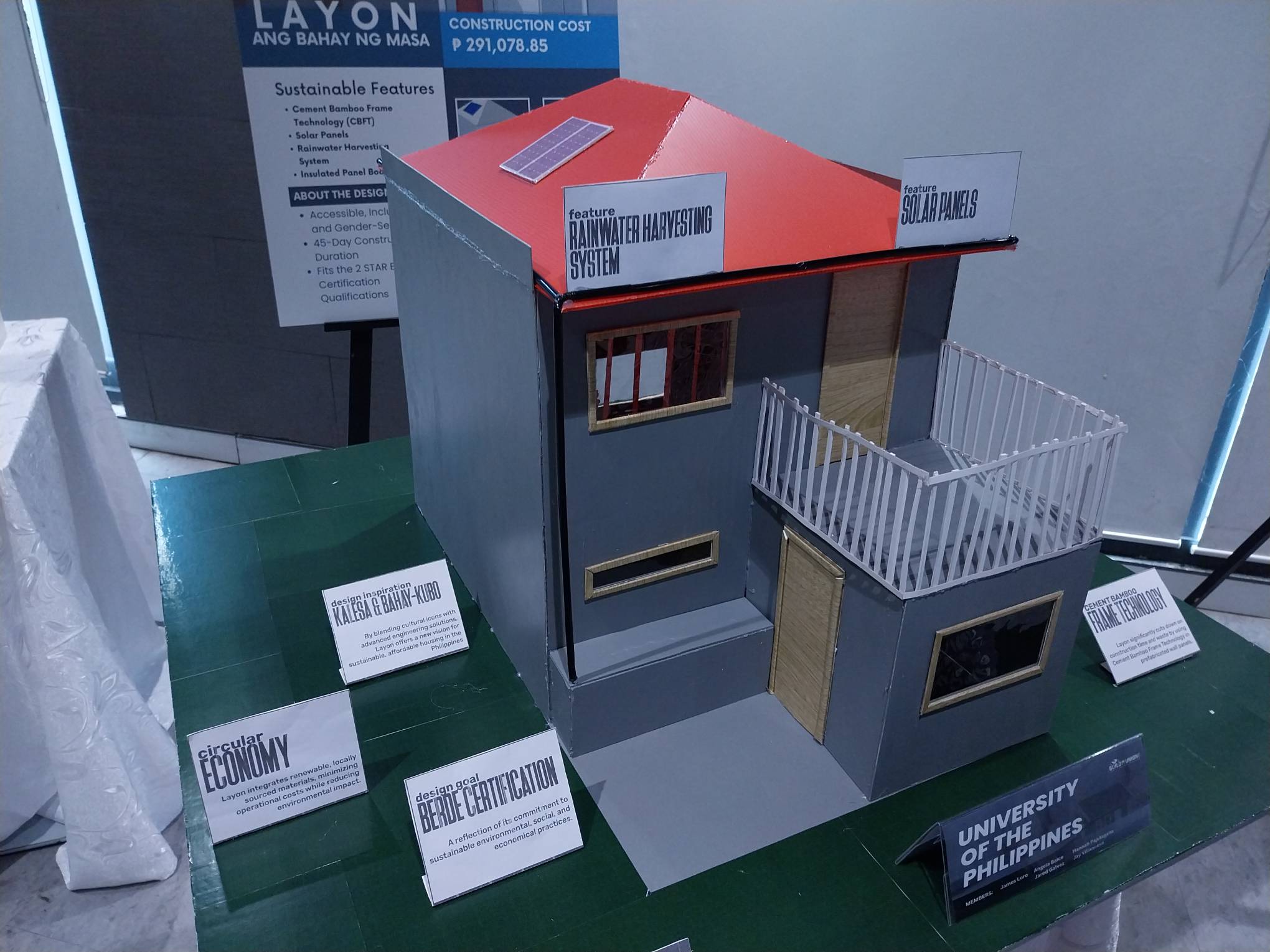
Mapua University’s project was named Banyuhay. This one made liberal use of solihiya patterns to create a sustainable home that’s both private and open to the community. They employ passive energy designs that utilize skylights and large windows to reduce electricity consumption.
Minimal concrete will be used for the house to let it cool easier. Materials such as Autoclaved Aerated Concrete blocks and Phenolic boards were used to minimize its environmental burden.
The University of Santo Tomas presented their project idea, Pabahay Tomasino. This project has a minimalist modern aesthetic arranged around the idea of a shared communal space. The house is adaptable and flexible in its use of lightweight roofing materials and cross-ventilation practices.
Innovative Use of Materials
The Technological Institute of the Philippines presented Project E-Cubo. The project’s central design hook is a series of interlocking-stackable concrete blocks called EQ Blocks that can reduce the time it takes to construct the house at scale.
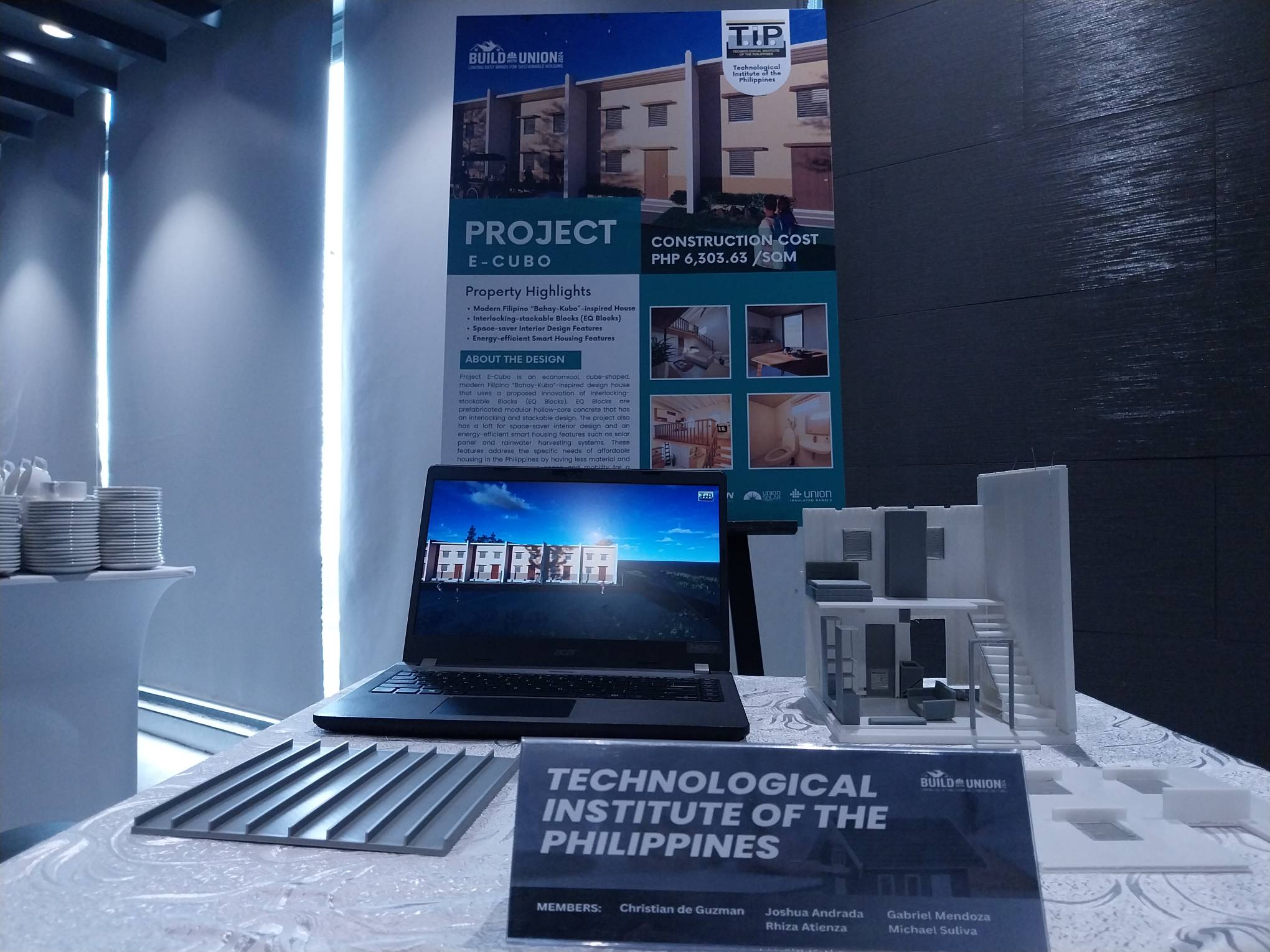
The cube-shaped design takes cues from the Bahay Kubo, and utilizes different green design techniques like solar panels and an efficient rainwater harvesting system to ensure its sustainability for the families.
The Technological University of the Philippines showcased their building idea Kuwadrado. Likely the most dynamically-designed of the five, it uses modular housing ideas to an apartment building to a two-to-four-storey apartment in order to allow the easy expansion of a home to a family’s needs.
This allowance for incremental growth is possible through some of their design ideas, like its use of an APS Composite wall panel to make it easy to expand. It uses a wire mesh panel system that can be used for gardening and laundry needs.
The building, like the others, applies sustainability engineering to the project: solar panels, rainwater harvesting, and even compost gardening. Its structure makes use of structural hollow steel, concrete louvers, and expanded polystyrene core panel system.
Awarding for Sustainable Housing Designs
After the presentation and much deliberation, the judges for Build with Union 2024 announced the winners. The Technological University of the Philippines won first place and the Most Sustainable Design Award for Kuwardrado. Mapua University won second place for Banyuhay. The Technological Institute of the Philippines’ Project E-Cubo got third place and the Union Astig award for utilizing PHINMA CMG’s construction materials best.

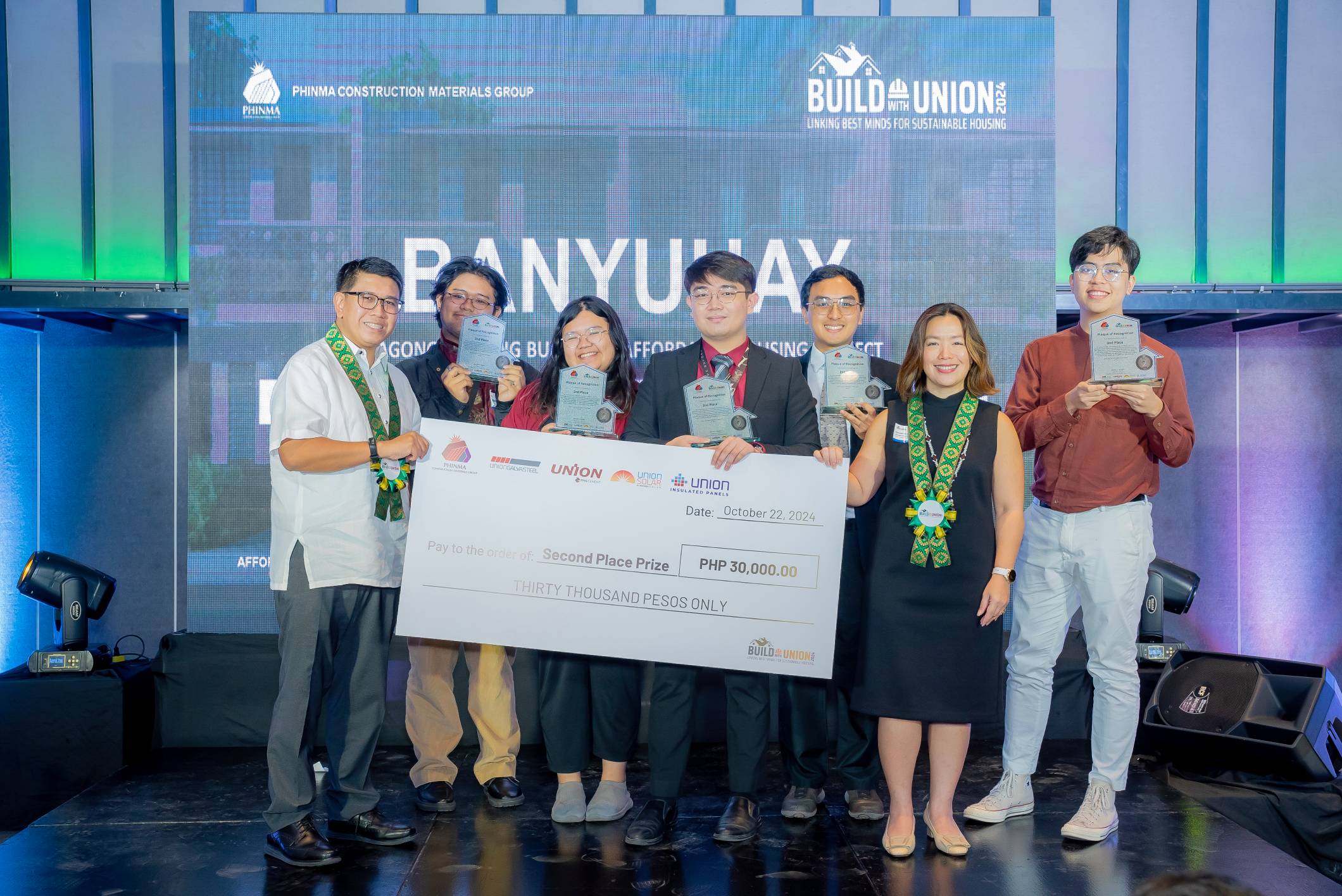
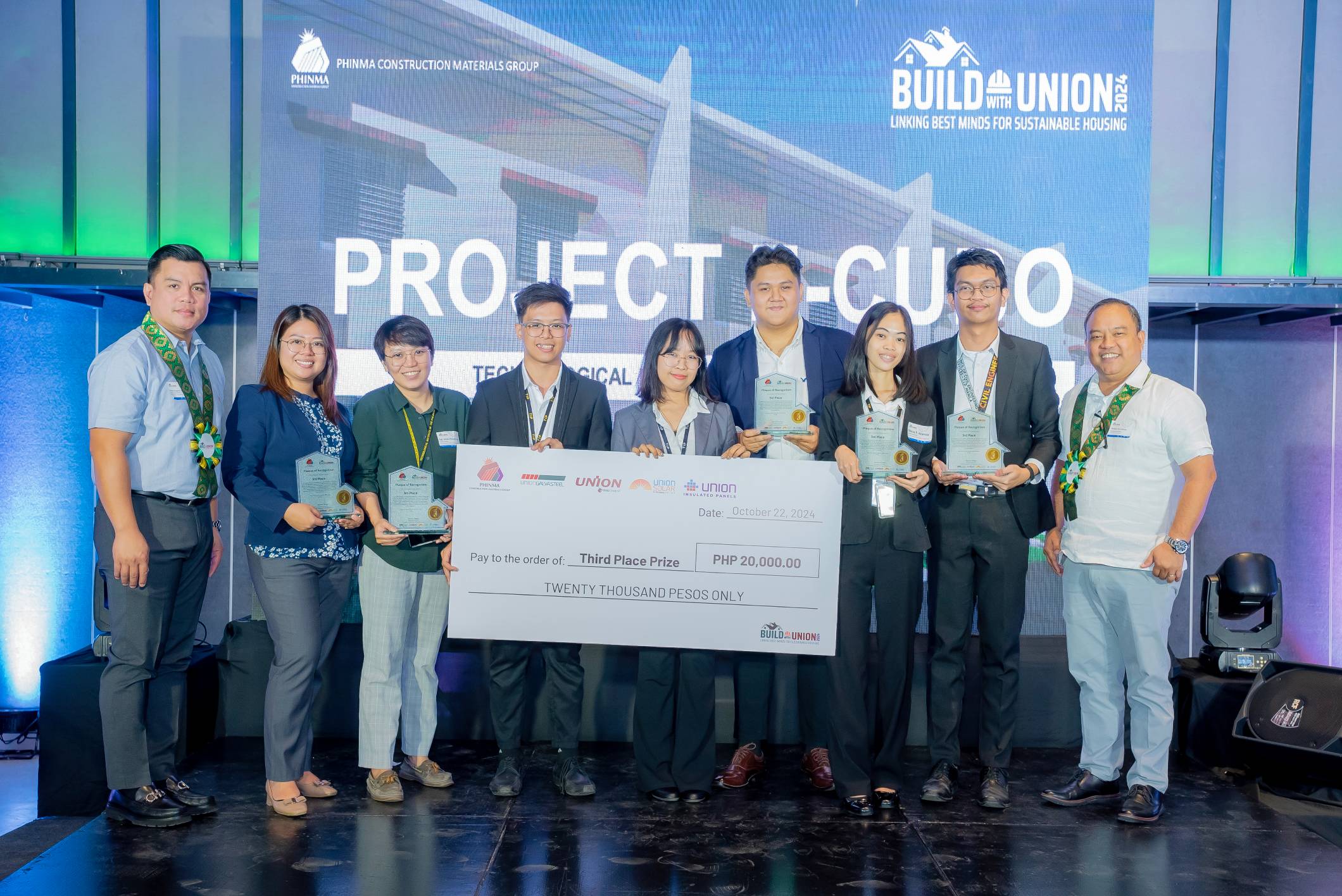
PHINMA Blazing the Future of Sustainable Construction
Tabunar said that the benefit of the Build with Union 2024 hackathon is PHINMA CMG’s ability to help operationalize the ideas presented. The event is not merely a creative exercise or a showcase of the company’s advocacies. It’s also a way to foster new ideas for the future of sustainable housing.
“This is not just an ordinary presentation of proposed design and event, no. It’s not just a simple advocacy event. In the end, we are prepared to actually help prove their concepts into reality, help validate the proposed design into actual reality as well,” Tabunar said.
Sahagun, meanwhile, emphasized the importance of concrete action to solve the housing crisis in the country. He said that now is the time for the industry to craft a legacy for future generations to have a life “filled with hope, dignity, and opportunity.”
“We can validate these innovations, scale them, and move closer to making dignified housing a reality for every Filipino family. Let’s collaborate, act decisively, and turn the dream of safe, affordable homes into lasting reality,” he said.
Related reading: The Anatomy of A Sustainable Home: 5 Basic Principles


